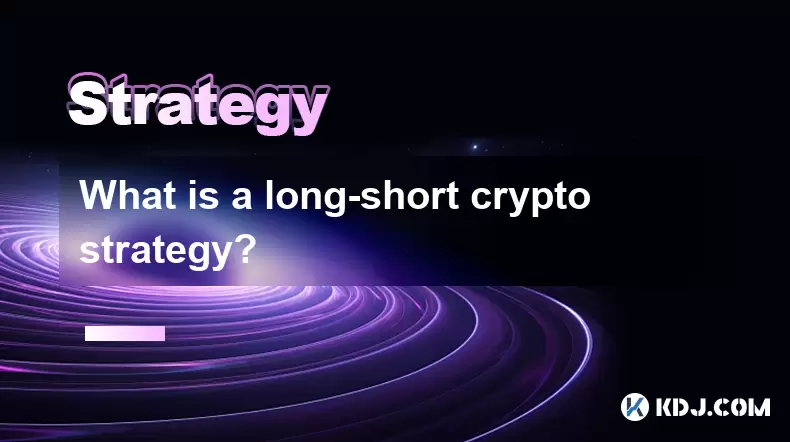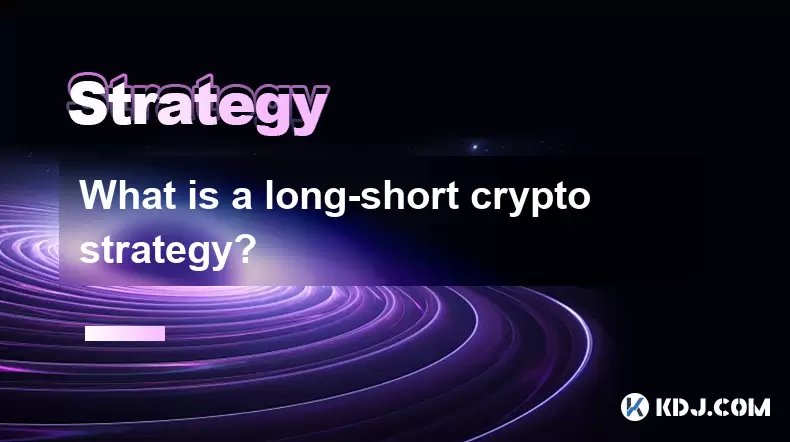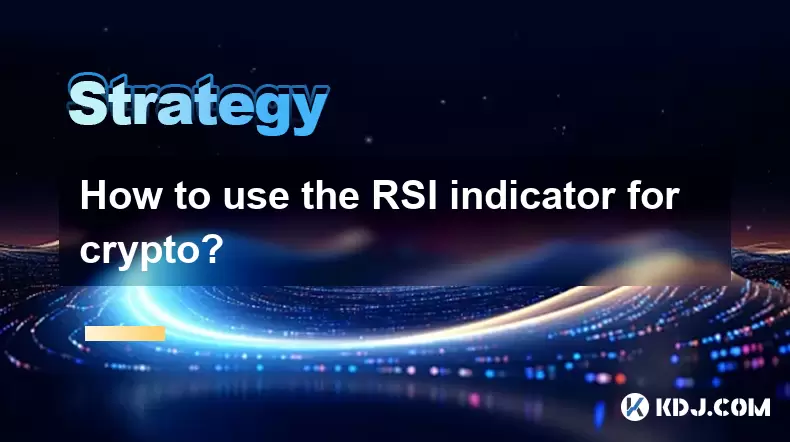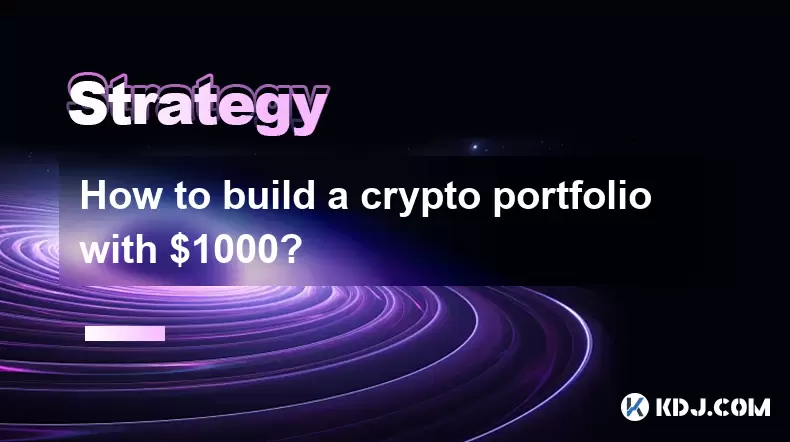-
 Bitcoin
Bitcoin $118100
-0.44% -
 Ethereum
Ethereum $3585
5.43% -
 XRP
XRP $3.434
5.65% -
 Tether USDt
Tether USDt $1.000
0.02% -
 BNB
BNB $743.8
3.89% -
 Solana
Solana $178.7
3.84% -
 USDC
USDC $1.000
0.03% -
 Dogecoin
Dogecoin $0.2381
12.81% -
 TRON
TRON $0.3270
3.62% -
 Cardano
Cardano $0.8315
4.93% -
 Hyperliquid
Hyperliquid $44.51
-4.42% -
 Stellar
Stellar $0.4710
1.52% -
 Sui
Sui $3.896
-2.51% -
 Chainlink
Chainlink $18.09
6.98% -
 Hedera
Hedera $0.2681
9.31% -
 Bitcoin Cash
Bitcoin Cash $516.7
4.83% -
 Avalanche
Avalanche $23.95
6.96% -
 Shiba Inu
Shiba Inu $0.00001490
5.67% -
 UNUS SED LEO
UNUS SED LEO $8.966
0.80% -
 Toncoin
Toncoin $3.294
4.39% -
 Litecoin
Litecoin $105.4
4.69% -
 Polkadot
Polkadot $4.356
5.30% -
 Uniswap
Uniswap $10.29
17.25% -
 Monero
Monero $327.9
-3.04% -
 Bitget Token
Bitget Token $4.942
4.33% -
 Ethena USDe
Ethena USDe $1.001
0.08% -
 Pepe
Pepe $0.00001348
2.17% -
 Dai
Dai $1.000
0.02% -
 Aave
Aave $320.8
0.58% -
 Bittensor
Bittensor $411.8
-4.07%
Is the increase in Bitcoin's net outflow from exchanges a positive signal?
Increased Bitcoin net outflow from exchanges signals investor confidence, often leading to price stability or rises due to reduced supply on the market.
Apr 19, 2025 at 10:14 am

The increase in Bitcoin's net outflow from exchanges can indeed be interpreted as a positive signal within the cryptocurrency market. Net outflow refers to the total amount of Bitcoin being withdrawn from exchanges, which often indicates that investors are moving their assets to private wallets or other storage solutions. This movement can be seen as a sign of increased confidence among Bitcoin holders, as they are choosing to hold onto their assets rather than selling them on exchanges. When more Bitcoin is being withdrawn than deposited, it suggests that investors are less inclined to sell in the short term, which can contribute to a more stable or even rising price.
Understanding Net Outflow and Its Implications
Net outflow from exchanges is a critical metric for understanding market sentiment. When there is a significant increase in the net outflow of Bitcoin, it generally means that holders are moving their assets off exchanges and into more secure, long-term storage options. This behavior can be driven by several factors, including a desire to secure assets against potential exchange hacks, a belief in the long-term value of Bitcoin, or a strategy to reduce the supply of Bitcoin available on exchanges, which can help support or increase its price.
Historical Context of Bitcoin Net Outflows
Historically, periods of significant net outflow have often preceded or coincided with bullish market trends. For instance, during late 2020 and early 2021, there were notable spikes in Bitcoin's net outflow from exchanges, which were followed by significant price increases. These historical patterns suggest that when investors move their Bitcoin off exchanges, it can be a precursor to increased demand and higher prices, as the available supply on exchanges diminishes.
Reasons Behind Increased Net Outflows
Several reasons can explain why investors might increase their net outflows from exchanges. One primary reason is security concerns. High-profile exchange hacks, such as the Mt. Gox incident in 2014, have made investors wary of leaving large amounts of cryptocurrency on exchanges. By moving their Bitcoin to private wallets, investors can better control their security measures and reduce the risk of theft.
Another reason is long-term investment strategy. Investors who believe in the long-term value of Bitcoin may choose to move their assets off exchanges to hold them for extended periods. This action reduces the likelihood of impulsive selling and can contribute to a more stable market.
Additionally, market manipulation concerns can drive net outflows. Some investors may fear that large players on exchanges could manipulate the market, leading them to move their assets to safer havens. By reducing the supply of Bitcoin on exchanges, these investors can help mitigate the impact of potential manipulation.
Impact on Market Liquidity and Price
The increase in net outflow can have a significant impact on market liquidity and price. When more Bitcoin is moved off exchanges, the available supply for trading decreases. This reduction in supply can lead to increased buying pressure, as traders and investors compete for the remaining Bitcoin on exchanges. As a result, the price of Bitcoin can rise due to the basic economic principle of supply and demand.
However, it's important to consider that while increased net outflow can be a positive signal, it can also lead to lower liquidity on exchanges. Lower liquidity can result in higher volatility, as fewer Bitcoin are available for trading. This can lead to larger price swings, both up and down, depending on market sentiment and trading activity.
Analyzing Net Outflow Data
To accurately assess the impact of net outflow on Bitcoin's market, investors and analysts often use various data sources and tools. Platforms like Glassnode and CryptoQuant provide detailed metrics on Bitcoin's net outflow, allowing users to track this data over time. By analyzing these metrics, investors can gain insights into market trends and make more informed decisions.
For instance, a sudden spike in net outflow might indicate that a large number of investors are moving their Bitcoin off exchanges, potentially signaling a shift in market sentiment. Conversely, a decrease in net outflow could suggest that investors are preparing to sell, which might lead to increased selling pressure and a potential price drop.
Case Studies of Net Outflow Impact
Examining specific case studies can provide further insight into the impact of net outflow on Bitcoin's price. One notable example is the period leading up to Bitcoin's all-time high in November 2021. During this time, there was a significant increase in net outflow from exchanges, which coincided with a strong bullish trend. This movement of Bitcoin off exchanges contributed to a reduced supply on the market, which helped drive the price to new heights.
Another case study is the market behavior following the announcement of Bitcoin halving events. Historically, these events have been followed by increased net outflows as investors anticipate future price increases. The halving in May 2020, for example, was preceded by a notable increase in net outflow, which helped set the stage for the subsequent bull run.
Frequently Asked Questions
Q: How can investors track Bitcoin's net outflow from exchanges?
A: Investors can track Bitcoin's net outflow using various blockchain analytics platforms such as Glassnode and CryptoQuant. These platforms provide real-time data on the movement of Bitcoin on and off exchanges, allowing users to monitor trends and make informed decisions.
Q: Does increased net outflow always lead to a price increase?
A: While increased net outflow can be a positive signal and often leads to price increases, it is not a guaranteed predictor of price movement. Other market factors, such as regulatory news, macroeconomic trends, and overall market sentiment, can also influence Bitcoin's price.
Q: What are the risks associated with moving Bitcoin off exchanges?
A: Moving Bitcoin off exchanges to private wallets can increase security, but it also comes with risks. If private keys are lost or stolen, the Bitcoin can be irretrievably lost. Additionally, managing private wallets requires a certain level of technical knowledge and responsibility, which not all investors may possess.
Q: How does net outflow affect market liquidity?
A: Increased net outflow reduces the amount of Bitcoin available on exchanges, which can lead to lower liquidity. Lower liquidity can result in higher volatility, as there are fewer Bitcoin available for trading, which can lead to larger price swings.
Disclaimer:info@kdj.com
The information provided is not trading advice. kdj.com does not assume any responsibility for any investments made based on the information provided in this article. Cryptocurrencies are highly volatile and it is highly recommended that you invest with caution after thorough research!
If you believe that the content used on this website infringes your copyright, please contact us immediately (info@kdj.com) and we will delete it promptly.
- Freedom Gold Pack: The Legacy Coin Defining 2025
- 2025-07-19 06:30:13
- Trump, the GENIUS Act, and Stablecoin Regulations: A New Era for Crypto?
- 2025-07-19 06:50:12
- Pi Network's Ecosystem Challenge: App Studio Sparks Innovation
- 2025-07-19 06:55:13
- Zebec Network's Bullish Engulfing Pattern: Price Forms and Future Outlook
- 2025-07-19 06:30:13
- XRP, Ripple, Bitcoin, Ethereum: Decoding the Crypto Landscape
- 2025-07-19 05:50:13
- Penny Altcoins Eyeing $1 in Q3 2025: Cardano, BlockchainFX, and the Hunt for Crypto Gold
- 2025-07-19 05:10:13
Related knowledge

How to avoid common crypto investment mistakes?
Jul 13,2025 at 01:35am
Understanding the Risks of Crypto InvestmentInvesting in cryptocurrency can be highly rewarding, but it also comes with significant risks. One of the ...

What is a long-short crypto strategy?
Jul 15,2025 at 10:56am
Understanding the Basics of a Long-Short Crypto StrategyA long-short crypto strategy is an investment approach where traders simultaneously take long ...

What is a long-short crypto strategy?
Jul 11,2025 at 01:28pm
Understanding the Basics of Long-Short Crypto StrategyA long-short crypto strategy is an investment approach where traders take both long and short po...

How to use the RSI indicator for crypto?
Jul 12,2025 at 03:56pm
Understanding the RSI Indicator in Cryptocurrency TradingThe Relative Strength Index (RSI) is a momentum oscillator used to measure the speed and chan...

Is copy trading a good strategy for crypto beginners?
Jul 12,2025 at 08:28am
Understanding Copy Trading in the Cryptocurrency MarketCopy trading is a strategy where novice traders replicate the trades of experienced investors a...

How to build a crypto portfolio with $1000?
Jul 13,2025 at 08:14pm
Understanding the Basics of Cryptocurrency InvestmentBuilding a crypto portfolio with $1000 starts with understanding the fundamentals of cryptocurren...

How to avoid common crypto investment mistakes?
Jul 13,2025 at 01:35am
Understanding the Risks of Crypto InvestmentInvesting in cryptocurrency can be highly rewarding, but it also comes with significant risks. One of the ...

What is a long-short crypto strategy?
Jul 15,2025 at 10:56am
Understanding the Basics of a Long-Short Crypto StrategyA long-short crypto strategy is an investment approach where traders simultaneously take long ...

What is a long-short crypto strategy?
Jul 11,2025 at 01:28pm
Understanding the Basics of Long-Short Crypto StrategyA long-short crypto strategy is an investment approach where traders take both long and short po...

How to use the RSI indicator for crypto?
Jul 12,2025 at 03:56pm
Understanding the RSI Indicator in Cryptocurrency TradingThe Relative Strength Index (RSI) is a momentum oscillator used to measure the speed and chan...

Is copy trading a good strategy for crypto beginners?
Jul 12,2025 at 08:28am
Understanding Copy Trading in the Cryptocurrency MarketCopy trading is a strategy where novice traders replicate the trades of experienced investors a...

How to build a crypto portfolio with $1000?
Jul 13,2025 at 08:14pm
Understanding the Basics of Cryptocurrency InvestmentBuilding a crypto portfolio with $1000 starts with understanding the fundamentals of cryptocurren...
See all articles

























































































